jù, jū
a saw
Phonosemantic compound. 钅 represents the meaning and 居 represents the sound. Simplified form of 鋸.
Evolution

Bronze script
Late Warring States (~250 BC)
Seal script
Shuowen (~100 AD)
Clerical script
Eastern Han dynasty (25-220 AD)Traditional script
ModernSimplified script
ModernMost common words with 锯
Freq. | Word | Meaning |
|---|---|---|
a saw | ||
sawtooth | ||
electric saw (esp. electric chain saw) | ||
a saw | ||
to-and-fro tussle |
